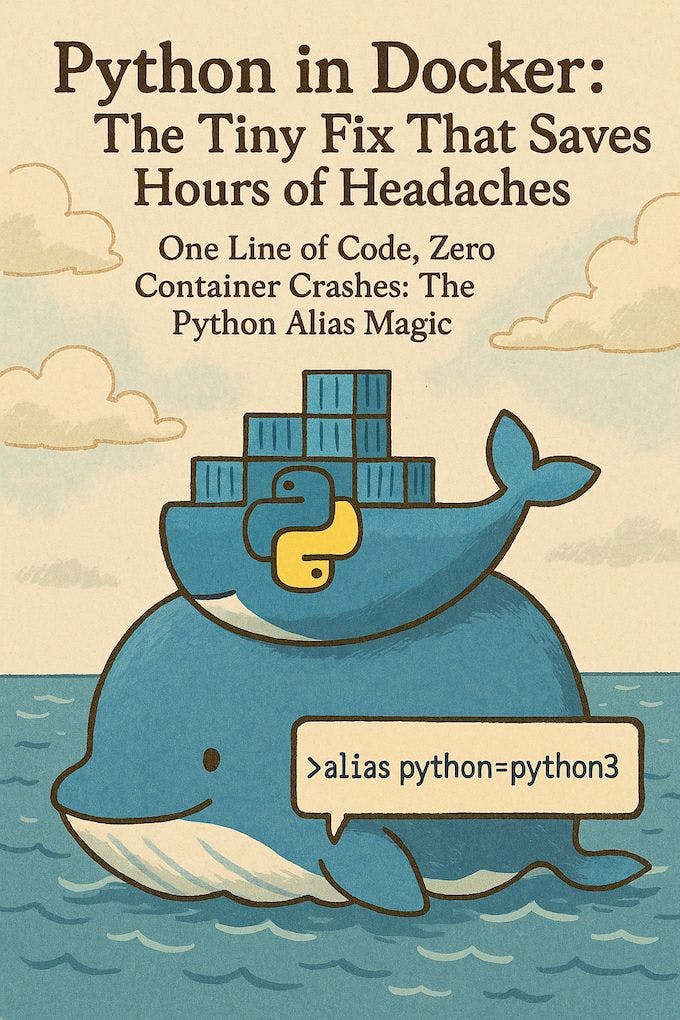SpaceX’s next test flight for its Starship rocket will try to reach a new milestone by deploying a batch of mock Starlink satellites.
The seventh Starship flight will mark the first time the rocket conducts a “payload deployment test,” the company said in a blog post on Friday.
“While in space, Starship will deploy 10 Starlink simulators, similar in size and weight to next-generation Starlink satellites, as the first exercise of a satellite deploy mission,” SpaceX wrote. “The Starlink simulators will be on the same suborbital trajectory as Starship, with splashdown targeted in the Indian Ocean.”
If successful, the deployment test will bring the company closer to using Starship for actual Starlink missions. SpaceX has designed Starship to carry its next-generation V3 satellites, which promise to bring gigabit internet speeds to Starlink subscribers.
V3 satellites could weigh up to 2,000 kilograms (4,409 pounds)—more than three times the current V2 Mini Optimized satellites, which weigh 575kg. The goal is for each Starship flight to carry and deliver 60 V3 satellites, enabling the company to add “60 Tbps of capacity to the Starlink network” during each flight.
In Friday’s blog post, SpaceX also noted that the seventh Starship flight will “launch a new generation ship with significant upgrades” to boost the vehicle’s reliability and performance. This includes redesigning the propulsion system and “a 25% increase in propellant volume” to help the rocket fly longer missions.
The seventh test flight will also try to “catch” Starship’s reusable booster using a landing pad. The company had to cancel that maneuver during the sixth test flight in November.
Recommended by Our Editors
“The returning booster will slow down from supersonic speeds, resulting in audible sonic booms in the area around the landing zone,” the company warned. SpaceX could again cancel catching the booster “if automated health checks show unacceptable conditions with Super Heavy or the tower.” In such an event, the booster rocket will splash down in the Gulf of Mexico instead.
As for when the test flight will occur, SpaceX CEO Elon Musk tweeted that it’s scheduled to take place on Friday, Jan. 10, though bad weather could change things. Last month, the company also secured clearance from the Federal Aviation Administration to conduct the flight.
 5 Things to Know About Starlink Satellite Internet
5 Things to Know About Starlink Satellite Internet
Get Our Best Stories!
This newsletter may contain advertising, deals, or affiliate links.
By clicking the button, you confirm you are 16+ and agree to our
Terms of Use and
Privacy Policy.
You may unsubscribe from the newsletters at any time.

About Michael Kan
Senior Reporter





/cdn.vox-cdn.com/uploads/chorus_asset/file/24222843/226422_K_Radtke_budget_phone_buying_guide.jpg)







